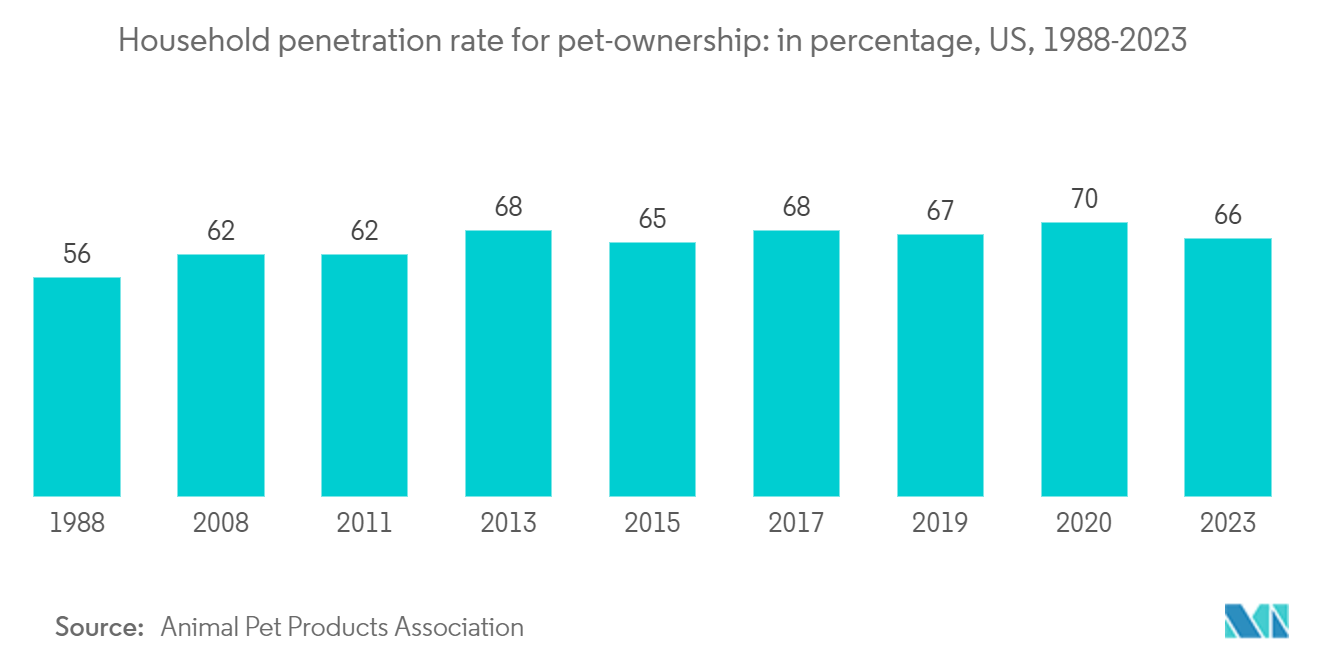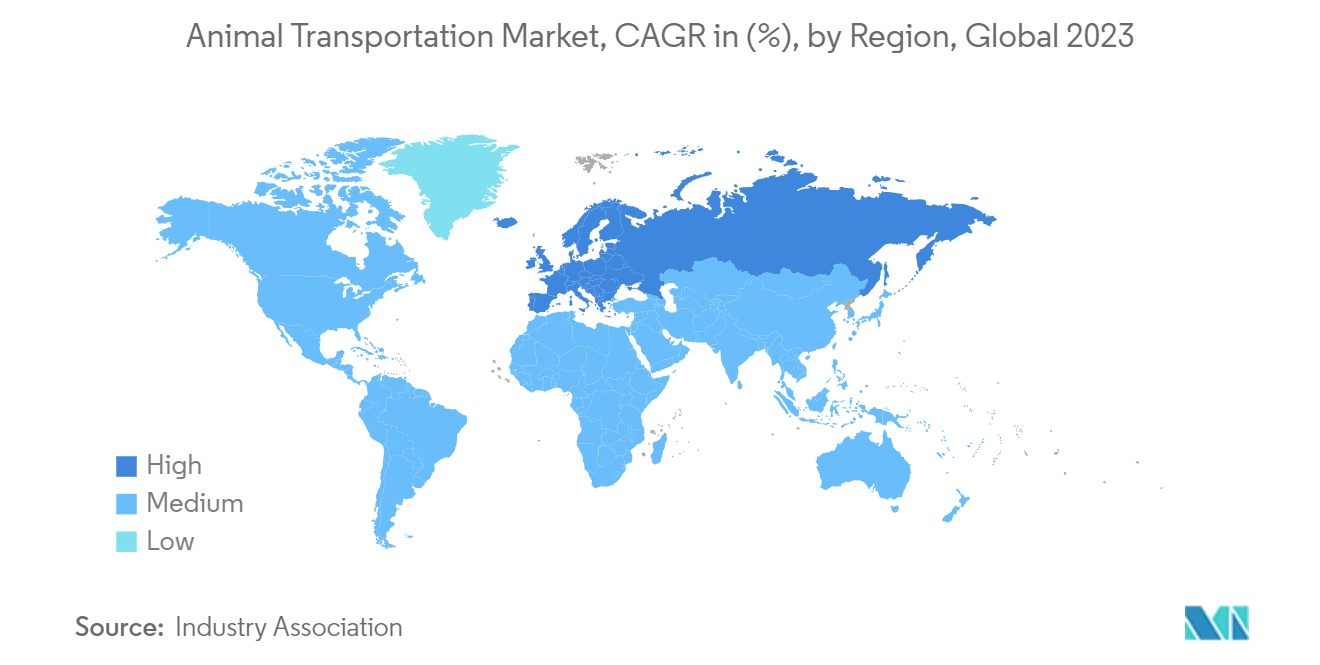Market Trends of Animal Transportation Industry
Growing pet adoption rates
Adopting a pet not only brings joy and companionship to a household but also significantly impacts the lives of shelter animals.
While the majority of American households proudly own a pet, dogs tend to be the more favored choice over cats. Surprisingly, it's cats that find homes from shelters more frequently than their canine counterparts. The allure of pet ownership is particularly strong among millennials, who boast the highest share of pet ownership at 33%.
Annually, approximately 6.3 million animals find themselves in shelters, but regrettably, only about two-thirds (4.1 million) find new homes. These animals end up in shelters for various reasons, ranging from being lost or found to being surrendered or even born within the shelter's confines.
For those with a penchant for specific breeds, it's worth noting that shelters typically have limited options when it comes to purebreds.
Approximately 90.5 million homes in the United States, accounting for 70% of households, are home to a pet. It is worth noting that dogs are more prevalent in households than cats. Animal shelters receive a higher number of cats compared to dogs each year. However, the adoption rate for cats surpasses that of dogs.
The euthanasia rates for dogs and cats have seen a significant decline, dropping from 2.6 million in 2011 to approximately 920,000 annually. Each year, roughly 4.1 million animals find new homes through shelter adoptions. While more stray dogs than cats are successfully reunited with their owners each year, the gap is not specified.

Europe dominates animal transportation market, poised for strong growth
Europe's agricultural sector is robust, marked by a significant appetite for livestock products, including meat, dairy, and poultry. This demand underscores the necessity for streamlined and dependable animal transportation systems, which are crucial for ferrying livestock from farms to both markets and processing centers.
With most European populace treating their pets as cherished family members, pet ownership has seen a notable uptick. This trend, coupled with a growing consumer expenditure on pets, is propelling the industry to new revenue heights.
The European Union (EU) has implemented strict regulations and standards to ensure the welfare and safety of animals during transportation. These regulations cover journey duration, vehicle conditions, handling procedures, and food, water, and rest access. Enforcing these standards enhances Europe's reputation as a leader in animal welfare and attracts business from other regions.



